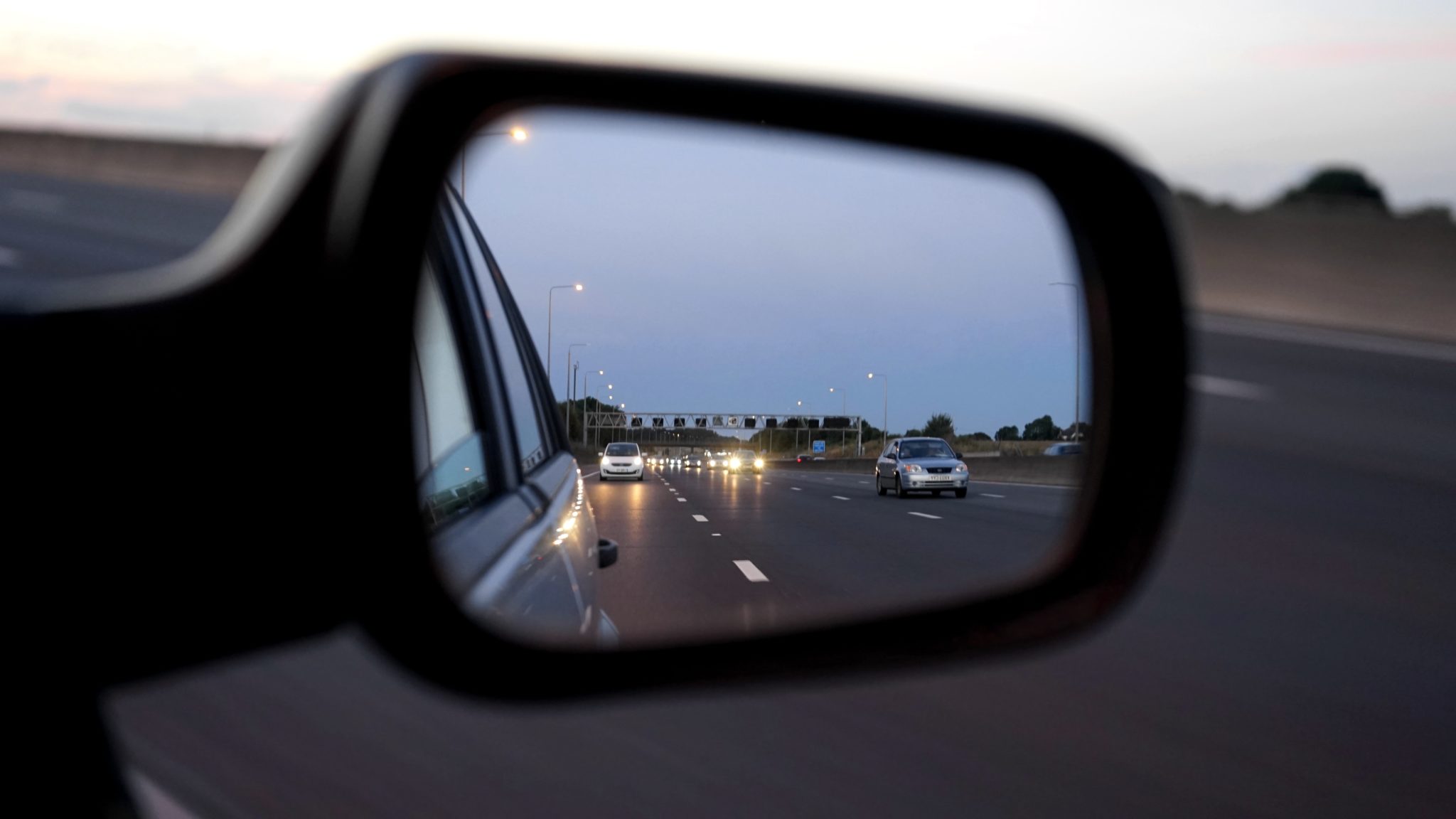What would you do if you were unfortunate enough to be the driver involved in a hit and run accident? Would fleeing the scene even be an option?
If you think you’ve heard more about this kind of crime recently — and make no mistake, it is a crime — there’s good reason: Statistics tell us that in fact, more and more Toronto drivers are making this disturbing decision.
According to a 2019 analysis, more than 25% of drivers involved in a pedestrian death last year in Toronto fled the scene. Using police information, the study found that number is double the hit and run rate of 2016, and anywhere from three to five times greater than earlier in the last decade.
In 2018, pedestrians accounted for over 60% of traffic fatalities in Toronto.
What can cause a driver to act so callously, leaving an injured party and fleeing the scene? Experts say there a number of reasons (none of them valid, of course, and some include persons already committing another offence):
- Driving while intoxicated or high
- Driving without a licence or insurance
- Worried about the consequences due to multiple previous offences
- Panic/Frightened/Confusion adrenaline rush
- Rationalization (“It’s just a scrape, I don’t need to stick around”)
- Mental illness (e.g. Antisocial Personality Disorder, ADHD, Bipolar Disorder, and Dementia have all been cited in the past)
Other observers say the rate of these types of accidents is going up in recent years simply due to the fact that drivers are distracted by their smartphones, a phenomenon that has also risen concurrently over the course of the last decade.
But for those not suffering from mental illness, the question remains: What kind of thinking would cause an otherwise rational person to flee the scene?
A Cost-Benefit Analysis in a Flash
In a recent article, Driving.ca posed this question to a Professor of Psychology at the University of Calgary, Dr. J. Thomas Dalby, who has researched the subject of the psychology of the hit and run driver.
“Overwhelmingly, those who flee the scene of a hit and run have made an instant decision – within seconds – about the cost of staying versus taking off,” says Dalby. And that cost-benefit analysis will more often than not result in fleeing the scene, says Dalby, if the driver is intoxicated, has a history of drunk driving offences, or is driving without a licence. Self-preservation takes over.
Whatever the reason, needless to say, there are serious consequences of a hit and run for both the victim and the perpetrator.
Hit and run is a criminal offence in Canada, and the driver can be charged under the Criminal Code, or under the Highway Traffic Act in Ontario. Under the Criminal Code, a driver who flees the scene of a fatal accident could face life in prison; if the victim suffered serious injuries, a penalty of ten years is in the offing.
In addition, a civil suit can be a means of compensation for the victim and their family. All automobile policies in Ontario must provide coverage for unidentified motor vehicle accidents. In rarer cases where there is no insurance company for the victims to claim UI coverage, there can be recourse against an insurance company from which they are entitled to receive No-Fault Benefits. As a last resort, victims and their families could claim through the Motor Vehicle Accident Claims Fund in Ontario.
If you or a loved one has been the victim of a hit and run, you need to speak immediately with an experienced personal injury lawyer with expertise in this area. Brian A. Horowitz has nearly 35 years of experience handling hit and run cases, and can get you and your family the compensation you deserve. Call Horowitz Injury Law for a free consultation: 416-925-4100.




